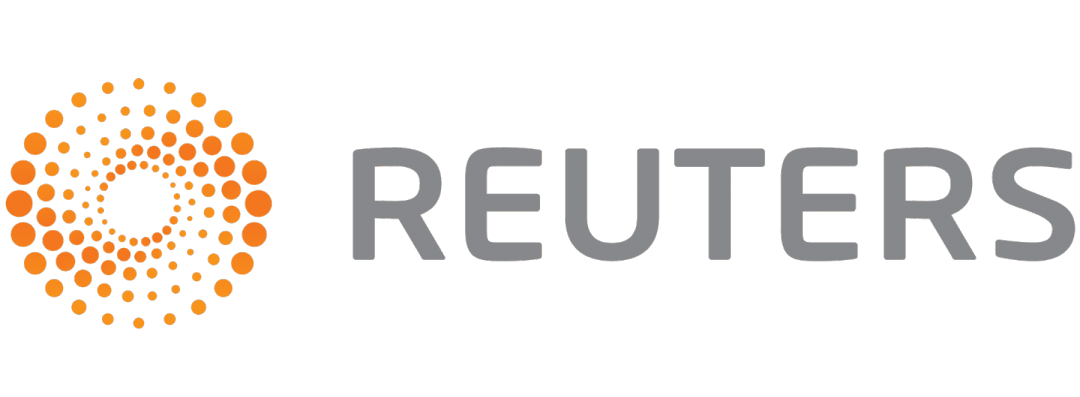Josef Najm of Reuters will be speaking at AdExchanger’s Programmatic I/O conference on Sept. 26-27 in New York. Click here to register.
The next US presidential election is just over a year away, and Josef Najm, director of programmatic and partnerships at Reuters, has a message for advertisers: Don’t be afraid of journalism.
People care about the news. They engage with it, and it’s safe for brands to advertise in legitimate news environments.
But some advertisers still block all news from their programmatic buys by default, which is why it’s important for media buyers to take a step back and recalibrate their relationships with news publishers, Najm said.
“If you ask brands if they want to support the news, the simple answer is almost always ‘Yes, but,’ as in, yes, they support the news, but no, they don’t want to run on news content right now,” Najm said. “It’s time to change that to ‘Yes, and,’ as in, ‘Yes, and let’s start a dialogue about actually doing it.”
Najm spoke with AdExchanger.
AdExchanger: Are advertisers open and willing to support news journalism? With their wallets, that is, not just their words.
JOSEF NAJM: When the topic of monetizing – or demonetizing – the news comes up, the conversation can get very philosophical very quickly, because suddenly we’re talking about supporting democracy and freedom of speech.
Those are obviously very important things. But when brands are looking to reestablish the way they work with news publishers, they need to be practical. They need to understand that it’s possible to fund the news and still ensure they’re running in brand-suitable environments.
We’re seeing more and more brands think like this and look for ways to translate dialogue into action in Q4 and in their 2024 plans.
Are news publishers unfairly dinged by how the Global Alliance for Responsible Media (GARM) categorizes news and op-ed content?
What GARM did when they created the framework back in 2019 was a good first step. Before that, brand safety was a very black-and-white type of activation based on keyword blocks, whereas the framework allows for concepts like brand suitability. GARM also sparked a positive discourse between agencies, publishers and their ad tech partners.
But the framework needs to develop more, and there are still a lot of nuances that need to be addressed.
For example, publishers still have to operate in a very opaque environment. It’s not clear how the framework feeds into brand safety and suitability solutions, and there’s no consistency between DoubleVerify and IAS in terms of how they speak to each other – or even how we as publishers speak to advertisers if we use one solution and they use a different one.
What else do publishers need more transparency into that they don’t have today?
We need transparency into keyword lists. The first questions any brand working with a news publisher should be able to answer are “what” and “why.” What are you concerned about running against, and why are you concerned?
Once we understand that, we can move onto what tactics advertisers are using. Is it a keyword blocklist or prebid blockers? Are they blocking and monitoring creative tags?
When we have insight into the layers of protection that brands are applying, we can help them be more strategic. We can help them audit their keyword lists so they aren’t blocking something that they shouldn’t be – or even blocking something the brand actually wants to promote.
Over the past few months, there’s been almost nonstop talk and hand-wringing about made for advertising (MFA) websites. How big of a problem are MFA sites for reputable news sites?
The rise of MFA sites is obviously not a good thing.
But there is a silver lining here, because concern about MFA content is creating a very opportune moment for publishers, especially premium publishers, to get advertisers thinking about pursuing a better way to run their media, both programmatically and direct. There’s an opportunity to talk about having a proper SPO strategy that involves the news.
The fact is, though, that a lot of advertiser dollars are going to low-quality environments that have real brand risk.
The ANA estimates that advertisers are spending around $13 billion a year on MFA websites. It would be nice if some of that money went to legit news publishers.
Some advertisers have a no news policy and yet they run against sites that are, shall we say, not at all premium. A lot of dollars have been wasted.
But we are hearing from advertisers that they recognize this and would rather reinvest those dollars to support journalism, including with us.
What’s one thing you wish advertisers would take into consideration – that they often don’t – when they implement their brand safety measures?
That their job is safe. The risk of advertising on a fact-based, unbiased news site is very low.
I’d urge the CMO of any business to tell their teams and their agencies, “Hey, it’s OK to run on the news – and let’s find a way to do it.” Media planners need to hear this being said out loud.
Answers have been edited and condensed.














